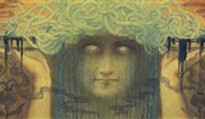
Symbolism - III
John Duncan
1866–1945
John Duncan (1866–1945) was a Scottish Symbolist painter. Much of his work, apart from portraits, depicted Arthurian legends, Celtic folklore, and other mythological subjects.
Duncan was born in the Hilltown area of Dundee on 19 July 1866, the son of a butcher and cattleman. John, however, had no interest in the family business and preferred the visual arts. By the age of 15 he was submitting cartoons to the local magazine The Wizard of the North and was later taken on as an assistant in the art department of the Dundee Advertiser. At the same time he was also a student at the Dundee School of Art, then based at the High School of Dundee. In 1887–1888 he worked in London as a commercial illustrator, then travelled to the continent to study at Antwerp Academy under Charles Verlat and the Düsseldorf Art Academy.
In 1889 Duncan returned to Dundee and exhibited in the new Victoria Art Galleries extension of the Albert Institute. The following year he became one of the founder members of the Dundee Graphic Arts Association (now Dundee Art Society). Most of his income at this time was derived from portrait commissions, including the jute merchant John L. Luke and Mrs Hunter of Hilton.
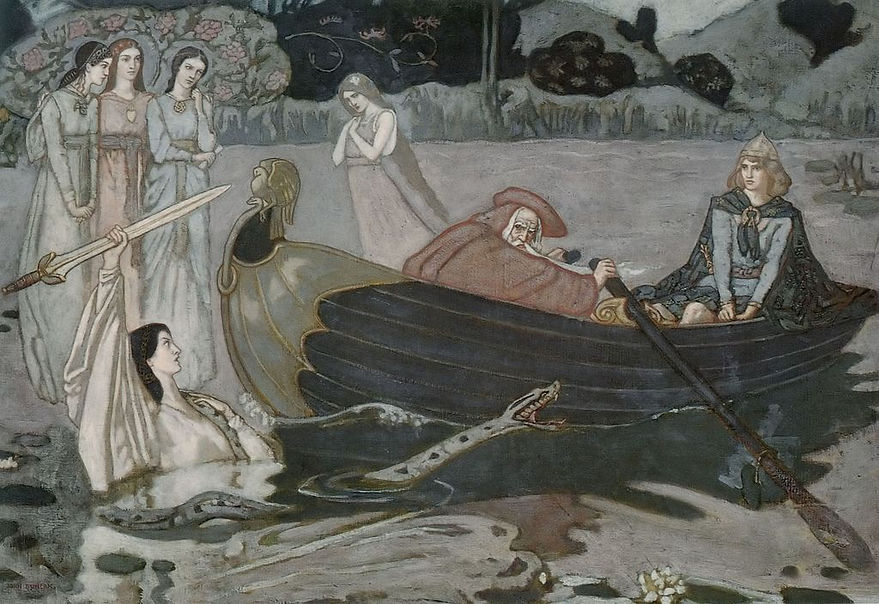
John Duncan.
The Taking of Excalibur, 1897

John Duncan.
Tristan and Isolde (1912)

John Duncan.
Saint Bride (1913)

John Duncan.
Aoife (c. 1914)

John Duncan.
Helene Schlapp – Iona

John Duncan.
Riders of the Sidhe (1911)

John Duncan.
The Children of Lir (1924)

John Duncan.
Portrait of the artist's daughter, Vivian (1920)

John Duncan.
Ivory, Apes and Peacocks (The Queen of Sheba)

John Duncan.
The Coming of Bride

John Duncan.
Force and Reason
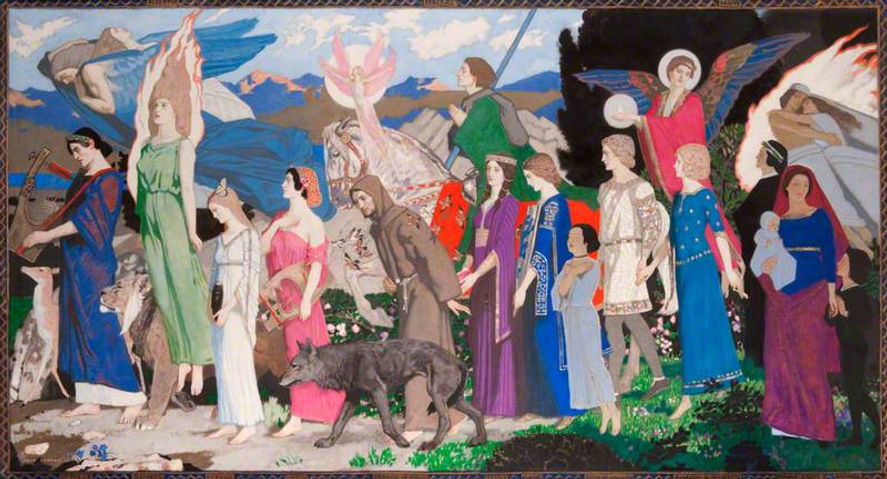
John Duncan.
Masque of Love

John Duncan.
Merlin and the Fairy Queen

John Duncan.
Fand and Manannan

John Duncan.
'According to your faith be it unto you'

John Duncan.
Hymn to the Rose

John Duncan.
The Glaive of Light

John Duncan.
The Sleeping Princess

John Duncan.
Happiness

John Duncan.
Unicorns

John Duncan.
A Sorceress

John Duncan.
Heptu Bidding Farewell to the City of Obb (1909)

John Duncan.
The Legend of Orpheus (1895).

John Duncan.
The Fomors (or The Powers of Evil Abroad in the World).

John Duncan.
Force and Reason.
Jean Delville
1867 - 1953
Jean Delville (19 January 1867 – 19 January 1953) was a Belgian symbolist painter, author, poet, polemicist, teacher, and Theosophist. Delville was the leading exponent of the Belgian Idealist movement in art during the 1890s. He held, throughout his life, the belief that art should be the expression of a higher spiritual truth and that it should be based on the principle of Ideal, or spiritual Beauty. He executed a great number of paintings during his active career from 1887 to the end of the second World War (many now lost or destroyed) expressing his Idealist aesthetic. Delville was trained at the Académie des Beaux-arts in Brussels and proved to be a highly precocious student, winning most of the prestigious competition prizes at the Academy while still a young student. He later won the Belgian Prix de Rome which allowed him to travel to Rome and Florence and study at first hand the works of the artists of the Renaissance. During his time in Italy he created his celebrated masterpiece L'Ecole de Platon (1898), which stands as a visual summary of his Idealist aesthetic which he promoted during the 1890s in his writings, poetry and exhibitions societies, notably the Salons d'Art Idéaliste.
Characteristically, Delville's paintings are idea-based, expressing philosophical ideals derived from contemporary hermetic and esoteric traditions. At the start of his career, his esoteric perspective was mostly influenced by the work of Eliphas Levi, Edouard Schuré, Joséphin Péladan and Saint-Yves d'Alveydre, and later by the Theosophical writings of Helena Blavatsky and Annie Besant. The main underlying theme of his paintings, especially during his early career, has to do with initiation and the transfiguration of the inner life of the soul towards a higher spiritual purpose. Specifically they deal with themes symbolising Ideal love, death and transfiguration as well as representations of Initiates ('light bringers'), and the relationship between the material and metaphysical dimensions. His paintings and finished drawings are an expression of a highly sensitive visionary imagination articulated through precisely observed forms drawn from nature. He also had a brilliant gift for colour and composition and excelled in the representation of human anatomy. Many of his major paintings, such as his Les Trésors de Sathan (1895), l'Homme-Dieu (1903) and Les Ames errantes (1942), represent dozens of figures intertwined in complex arrangements and painted with highly detailed anatomical accuracy. He was an astonishingly skilled draughtsman and painter capable of producing highly expressive works on a grand scale, many of which can be seen in public buildings in Brussels, including the Palais de Justice.
Delville's artistic style is strongly influenced by the Classical tradition. He was a lifelong advocate of the value of the Classical training taught in the Academies. He believed that the discipline acquired as a result of this training was not an end in itself, but rather a valuable means of acquiring a solid drawing and painting technique to allow artists freely to develop their personal artistic style, without inhibiting their individual creative personality. Delville was a respected Academic art teacher. He was employed at the Glasgow School of Art from 1900 to 1906 and as Professor of drawing at the Académie des Beaux-arts in Brussels thereafter until 1937.

Portrait of Jean Delville (c. 1910)

L'Ecole de Platon
898

The Idol of Perversity

La Méduse, 1863

The Angel of Splendors

The Death of Orpheus

The Mothers

The Lake or Moonlight

Naked Woman with a Child

Woman with a Child

Prometheus

Prometheus

God Is Defeated By Love.

The Union of Souls

Sunday

The Winning Genius

Helena, Daughter of Leda

Parsifal

Tinta Retrogrado
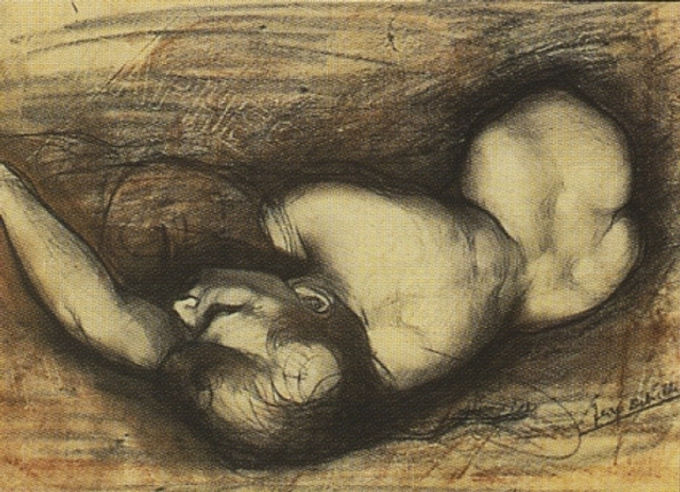
Study for The Cycle of Passions, ca. 1890

The Portrait of Mrs. Stuart Merrill

The Last Idols

Dante drinking Lethe water

The Forgetting of Passions

Femme nue au bras levés

The Veil of the Night

Recumbent Nude

La Muse
Portrait of Madame Delville
Viktor Borisov-Musatov
1870 — 1905
Victor Elpidiforovich Borisov-Musatov (Russian: Ви́ктор Эльпидифо́рович Бори́сов-Муса́тов), (April 14 [O.S. April 2] 1870 - November 8 [O.S. October 26] 1905) was a Russian painter, prominent for his unique Post-Impressionistic style that mixed Symbolism, pure decorative style and realism. Together with Mikhail Vrubel he is often referred as the creator of Russian Symbolism style.
Victor Musatov was born in Saratov, Russia (he added the last name Borisov later). His father was a minor railway official who had been born as a serf. In his childhood he suffered a spinal injury, which made him humpbacked for the rest of his life. In 1884 he entered Saratov real school, where his talents as an artist were discovered by his teachers Fedor Vasiliev and Konovalov.
He was enrolled in the Moscow School of Painting, Sculpture and Architecture in 1890, transferring the next year to the Imperial Academy of Arts in Saint-Petersburg, where he was a pupil of Pavel Chistyakov. The damp climate of Saint-Petersburg was not good for Victor's health and in 1893 he was forced to return to Moscow and re-enroll to the Moscow School of painting, sculpturing and architecture. His earlier works like May flowers, 1894 were labelled decadent by the school administration, who sharply criticised him for making no distinction between the girls and the apple trees in his quest for a decorative effect. The same works however were praised by his peers, who considered him to be the leader of the new art movement.

Self-portrait

Self-Portrait with sister, 1898

The Pool. 1902

The Emerald Necklace

May Flowers, 1894

Spring, 1898-1901

Daphnis and Chloe, 1901

Phantoms, 1903

Autumn Song. 1905

Requiem. 1905

Tapestry
1901

Lady in Blue
1902

Three Ladies on the Terrace
1903

Woman in Blue Dress
c.1903

In the Light of the Setting Sun
1904

Autumn Mood
1899

Loneliness. (Sorrow). 1903

Portrait of Nadezhda Stanyukovich in Front of a Tapestry, Pensive, Wearing a Crinoline Dress
Mikalojus Ciurlionis
1875 — 1911

Mikalojus Konstantinas Čiurlionis (Polish: Mikołaj Konstanty Czurlanis; 22 September [O.S. 10 September] 1875 – 10 April [O.S. 28 March] 1911) was a Lithuanian composer, painter and writer in Polish.
Čiurlionis contributed to symbolism and art nouveau, and was representative of the fin de siècle epoch. He has been considered one of the pioneers of abstract art in Europe. During his short life, he composed about 400 pieces of music and created about 300 paintings, as well as many literary works and poems. The majority of his paintings are housed in the M. K. Čiurlionis National Art Museum in Kaunas, Lithuania. His works have had a profound influence on modern Lithuanian culture.
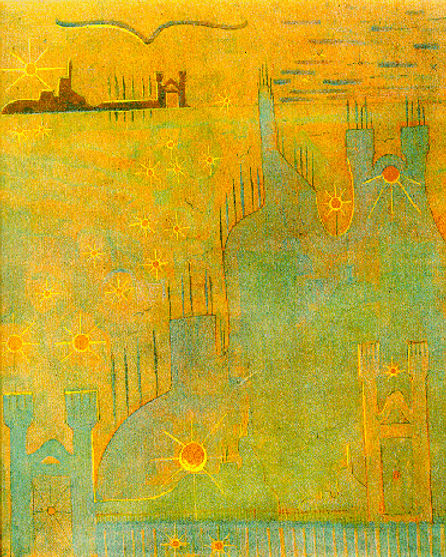
Sonata of the Sun. Allegro.

Sonata of the Sun. Andante.

Sonata of the Sun. Scherzo.

Sonata of the Sun. Finale.

Sonata of the Spring. Allegro.

Sonata of the Spring. Andante.

Sonata of the Spring. Scherzo.
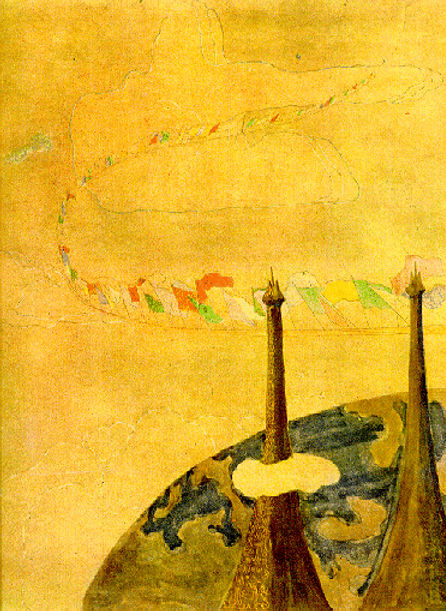
Sonata of the Spring. Finale.

„Piramidžių sonata. Allegro“ (1908 m.)

„Žvaigždžių sonata. Allegro“ (1908 m.)

„Jūros sonata. Finale“ (1908)

„Žvaigždžių sonata. Andante“ (1908 m.)

„Angelas. Preliudas“ (1908 - 1909 m.)

„Žemaičių kapinės“ (1909 m.)

Funeral Symphony
1903

Karaliai. Pasaka“ (1908 - 1909 m.)

„Rex“ (1909 m.)

„Ramybė“ (1904 - 1905 m.)

„Pasaka. Karalaitės kelionė II“ (1907 m.)
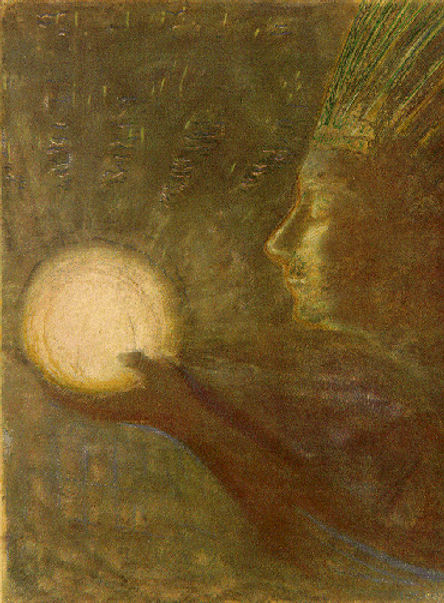
The Gift of Friendship (1906)
Alfred Kubin
1877 - 1959

Alfred Leopold Isidor Kubin (10 April 1877 – 20 August 1959) was an Austrian artist, printmaker, illustrator, and occasional writer. Kubin is considered an important representative of Symbolism and Expressionism.
Alfred Leopold Isidor Kubin
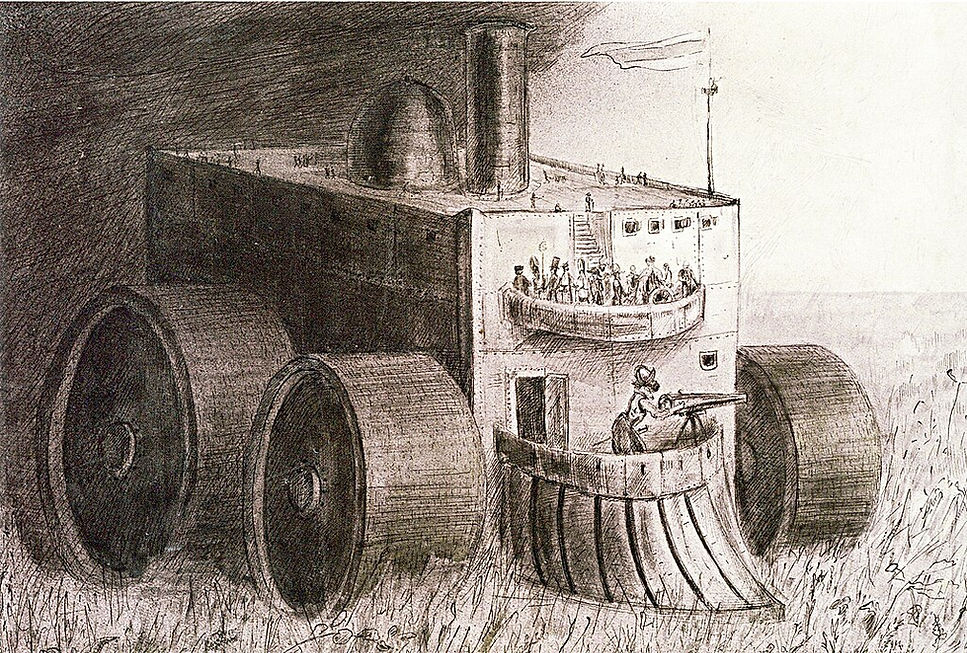
The State (1899–1900)

Dolmen (c. 1900–1902)

A Dream Visits us Every Night (1900)

The Past Forgotten Swallowed (1901)

The Lady on the Horse (1901)

The Last King (1902)

The Moment of Birth (1902)

Siberian Fairy Tale (1902)

Angst (1903)

Black Mass (1905)

Starvation (Famine)
1901

The Witch
1900

Into The Unknown
1900-01
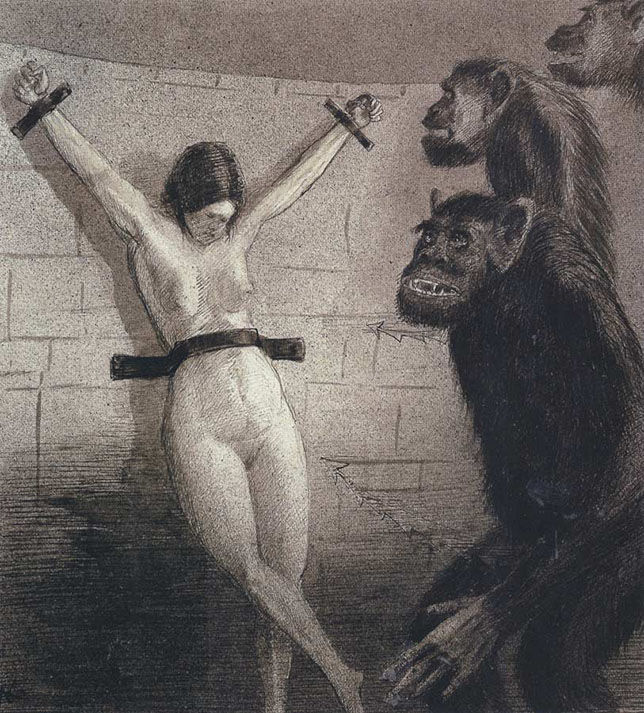
One Women for All
1900-01

Danger
1901

The Terror
1901

Epidemic, c.1900

Water Ghost, 1905.

Witch And The Watersnake

Death as a Horseman

Die Promenade (The Promenade)

Earth: Mother of Us All
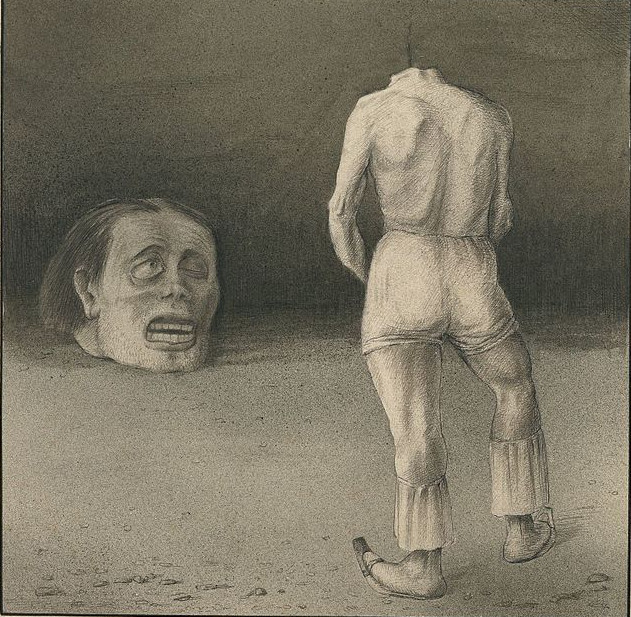
Self-Observation

Adoration

Der Krieg : The War : 1907

The Dance of Death

The Dance of Death

The Dance of Death